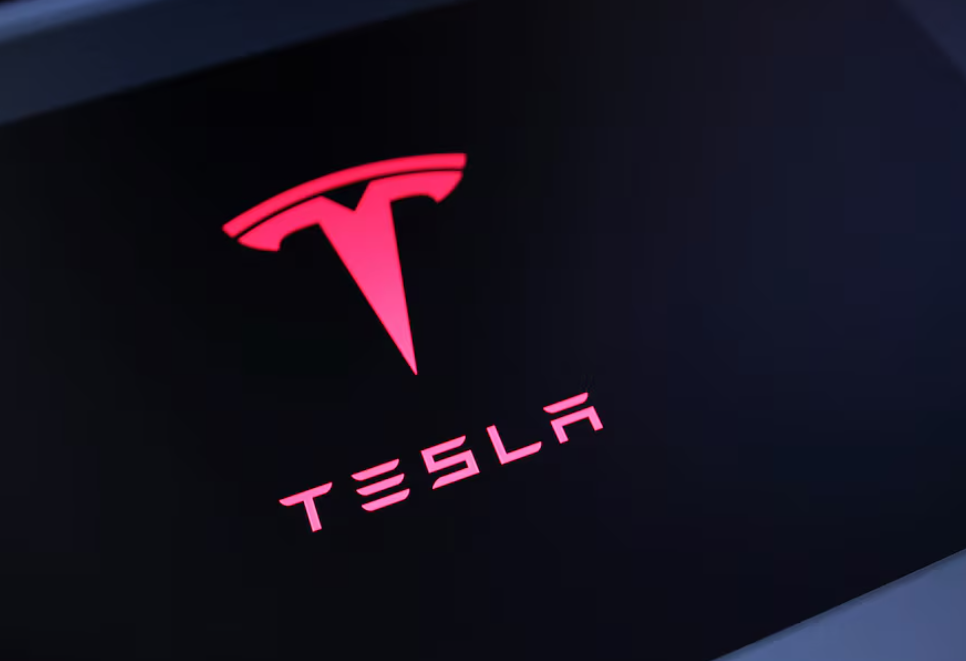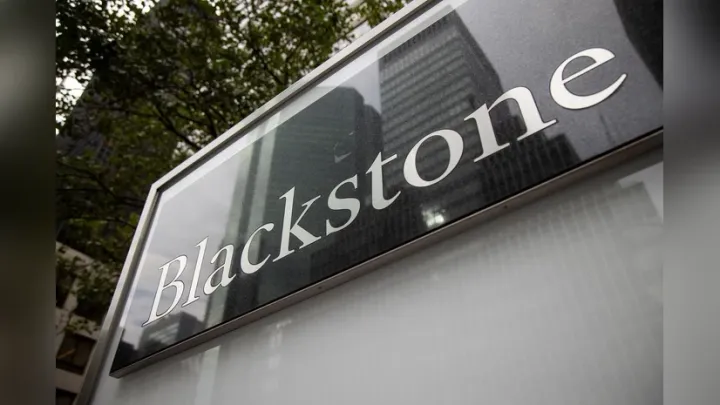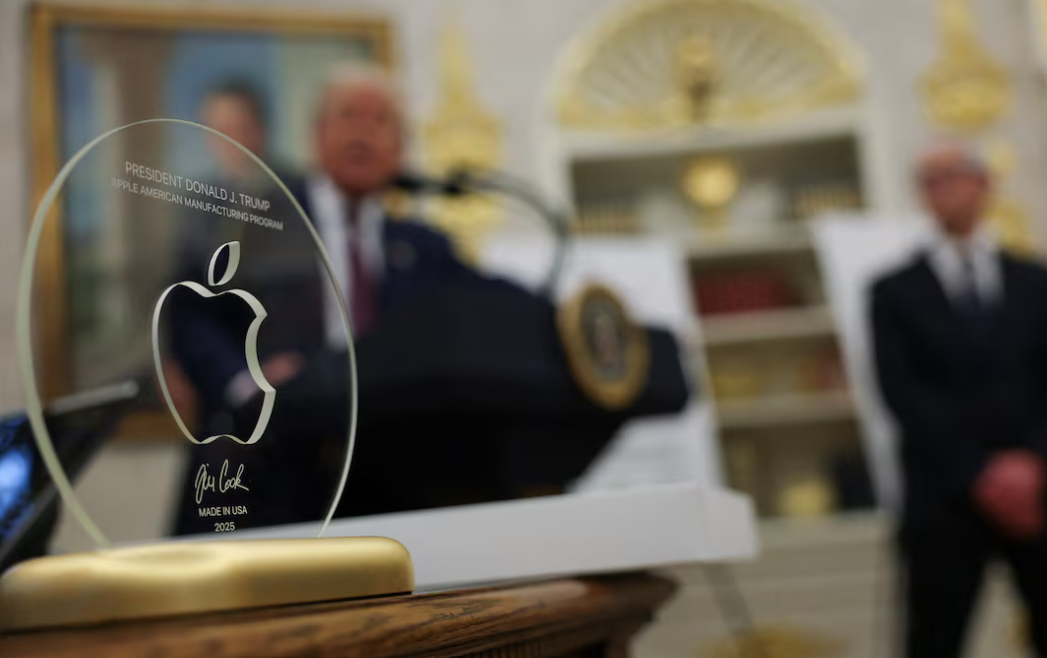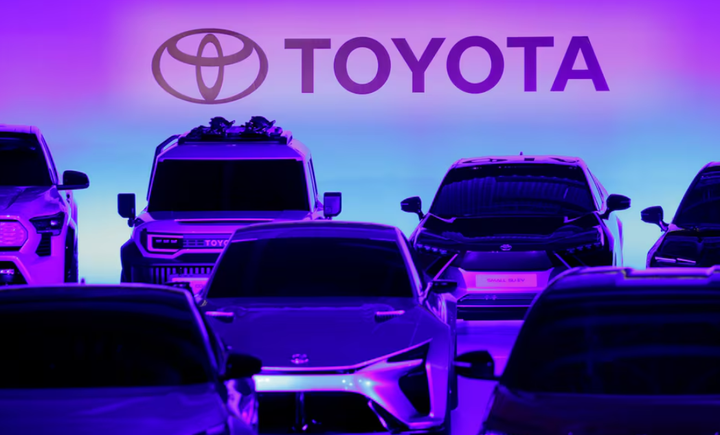Tesla Inks $4.3 Billion Battery Pact with LG Energy Solution to Cut Chinese Dependence

In a significant strategic move to wean itself off Chinese suppliers, Tesla signed a $4.3 billion battery supply agreement with South Korea's LG Energy Solution (LGES). LGES will provide lithium iron phosphate (LFP) batteries for Tesla's energy storage products from its U.S. facility in Michigan, according to a person with knowledge of the transaction. The agreement will last from August 2027 until July 2030, with an option to extend for as long as seven additional years based on a mutual agreement.
This action follows Tesla still reeling from the impact of U.S. tariffs on Chinese imports—especially in the energy sector, which heavily depends on LFP batteries imported from Chinese firms. With the change to a local supply chain, Tesla seeks to reduce the cost burden and align with changing U.S. trade policies.
Increasing U.S. Supply Chain and Energy Business
The batteries are to be made at LGES's Michigan plant, which started making LFP cells in May. This positions LGES as one of the only non-Chinese suppliers that can produce LFP batteries at scale in the United States, thereby gaining a huge first-mover advantage. The deal, though technically under wraps by LGES for purposes of confidentiality agreements, has been confirmed by Reuters sources to be with Tesla.
Although Tesla has not made an official comment, its Chief Financial Officer Vaibhav Taneja earlier conceded that non-China battery sourcing was required to counter the effects of tariffs. "We will also be working on securing additional supply chains from non-China-based suppliers, but it will take time," he said during Tesla's Q2 earnings call.
The deal also reflects broader trends in Tesla's business. While the company's core electric vehicle division is facing headwinds from slowing global demand and decreasing government incentives, its energy division, which houses products like the Powerwall and Megapack, has seen tremendous growth.
Elon Musk highlighted it in a recent earnings call: "Energy is growing really well in spite of headwinds from tariffs and some supply chain issues. I think not that many people realize just how gigantic the scale of battery demand is."
LGES also appears to be shifting in accordance with international market trends. With demand for EVs weakening, the South Korean firm is pumping more into its energy storage systems unit, led primarily by AI-driven data centers demanding stable power solutions.
South Korea-U.S. Trade Coordination
This agreement also falls in line with wider geopolitical initiatives. Three South Korean ministers of the cabinet just sat down with U.S. Commerce Secretary Howard Lutnick to agree on a trade pact before impending 25% tariffs on South Korean imports. The partnership between Tesla and LGES could become an exemplar of future U.S.-Korea industrial collaborations, particularly in high-tech and clean energy areas.
FAQs
What are LFP batteries, and why are they significant?
LFP (lithium iron phosphate) batteries are lithium-ion batteries characterized by safety, long cycle life, and thermal stability. They suit energy storage systems and are gaining popularity in EVs and grid-scale applications.
Why is Tesla abandoning Chinese battery suppliers?
As a result of the higher U.S. tariffs on Chinese imports, Tesla pays more for getting materials such as LFP batteries from China. With LGES in the U.S., Tesla can minimize costs, reduce trade risks, and fulfill local content requirements for possible subsidies.
Will this battery deal impact Tesla's EV manufacturing?
No, the agreement deals exclusively with energy storage systems and not car manufacturing. Tesla has, however, signaled intentions to increase LFP application in its own cars as well, and this may lead to further non-China sourcing agreements in the future.
What are the implications for LGES?
This deal reinforces LGES's position as a leading global battery manufacturer, particularly in the LFP market. It provides the company with a competitive advantage in the U.S. market and offers new revenue streams during the declining EV battery demand.
How important is Tesla's energy division relative to its automotive business?
Tesla's energy segment now accounts for slightly more than 10% of overall revenue. But it's viewed as a high-growth segment with a good long-term outlook—especially since data centers and renewables are creating demand for large-scale battery storage.



